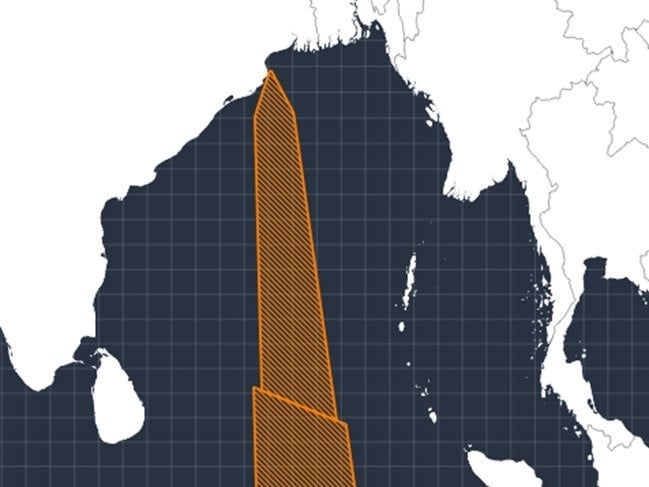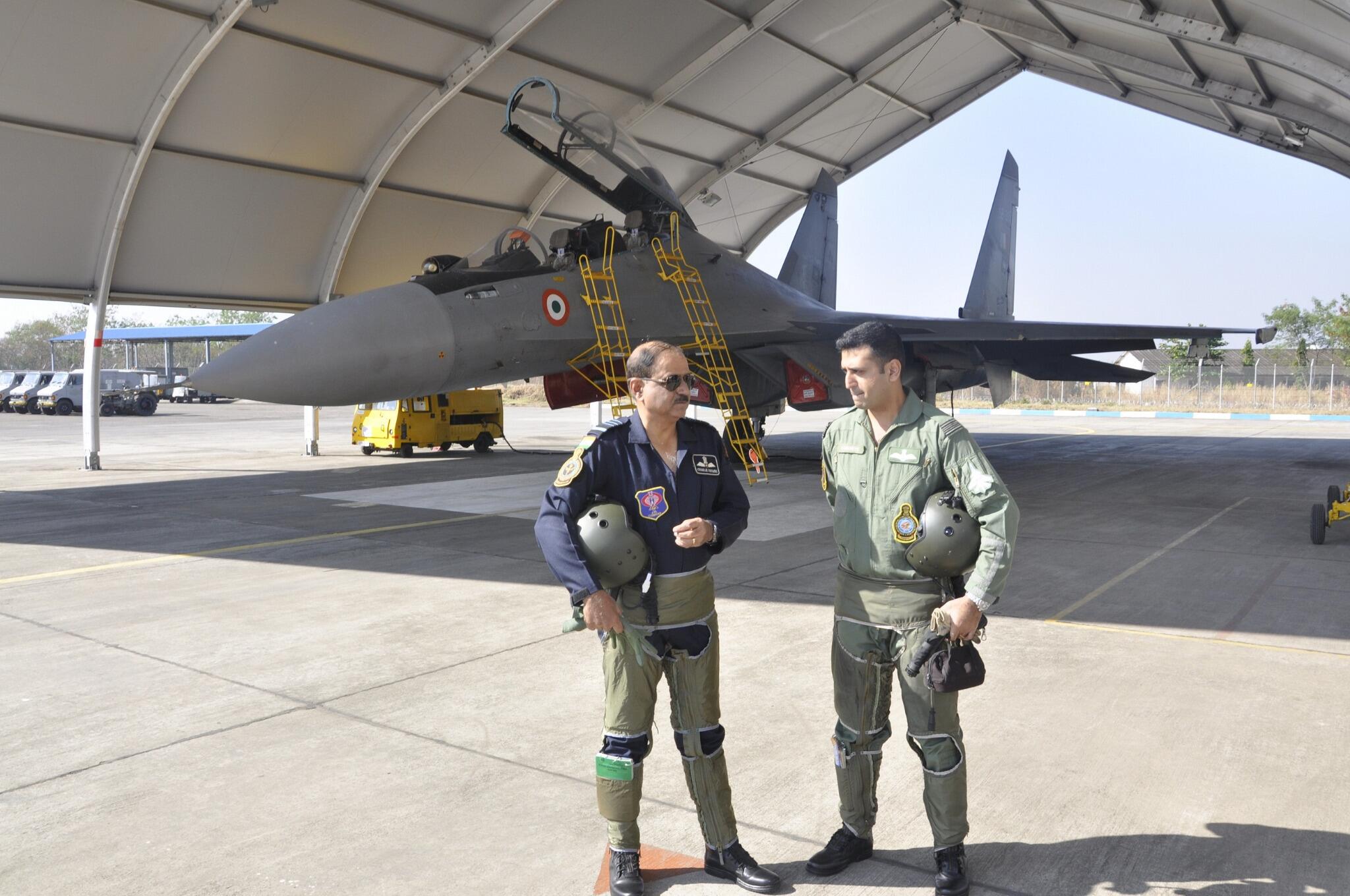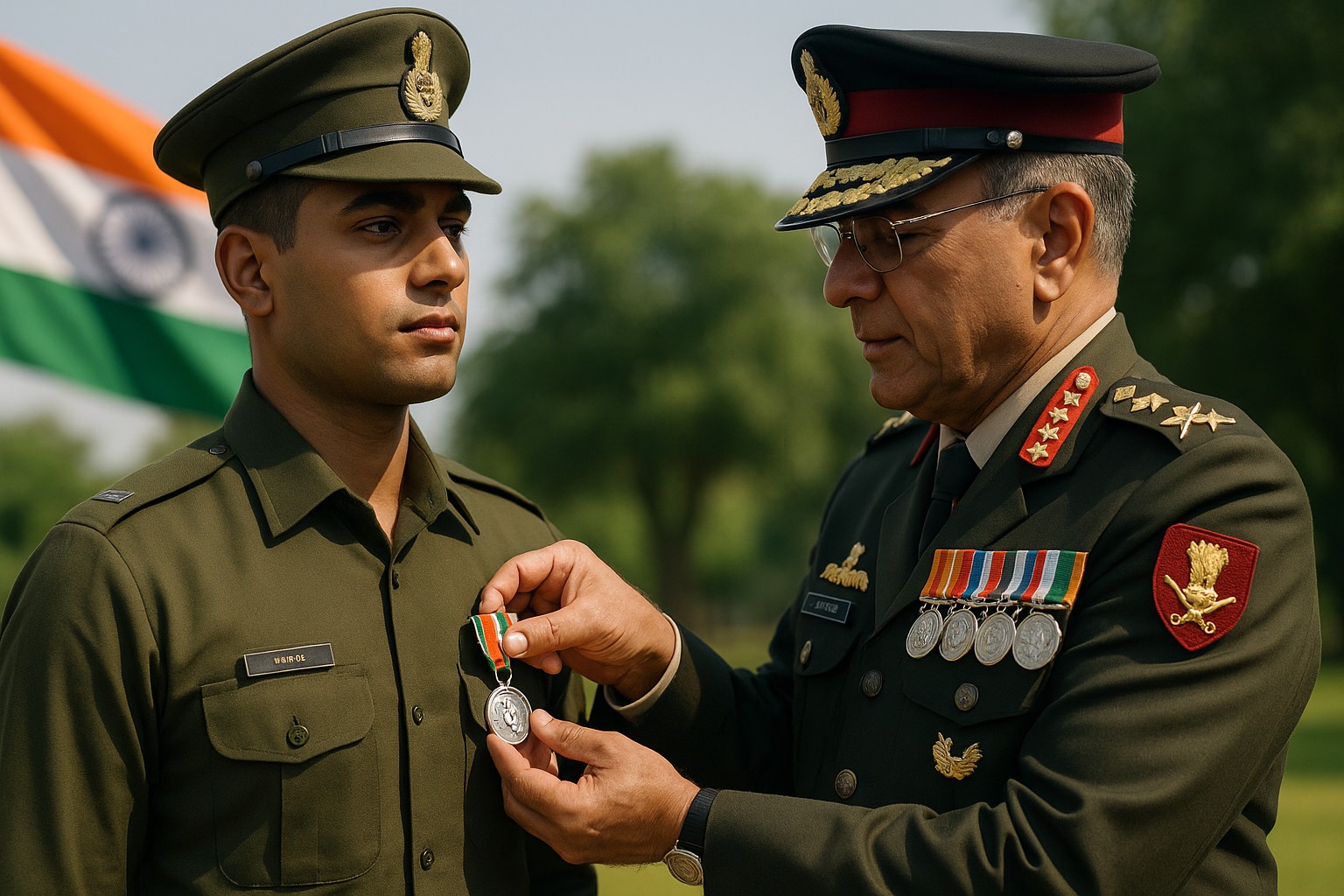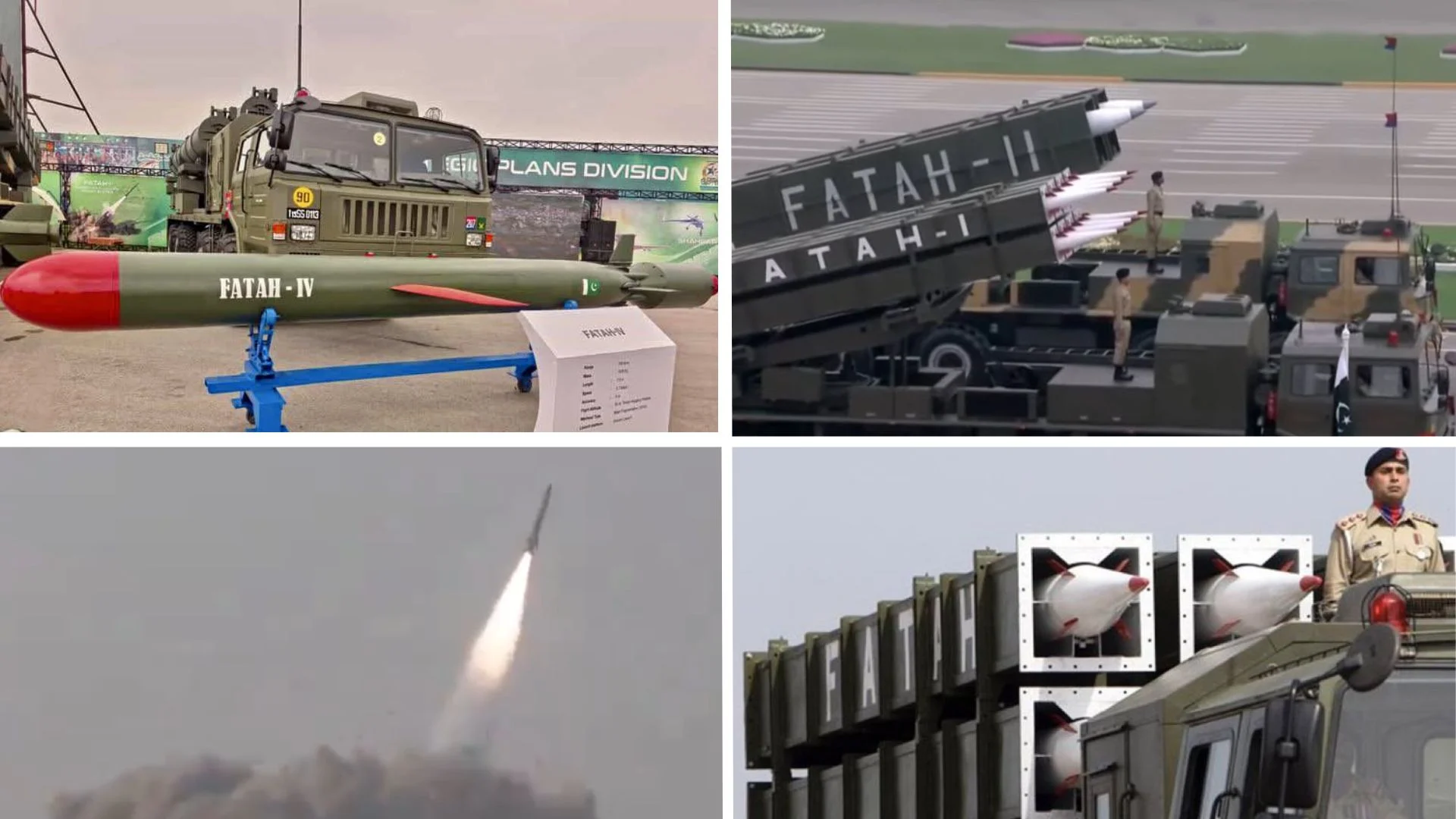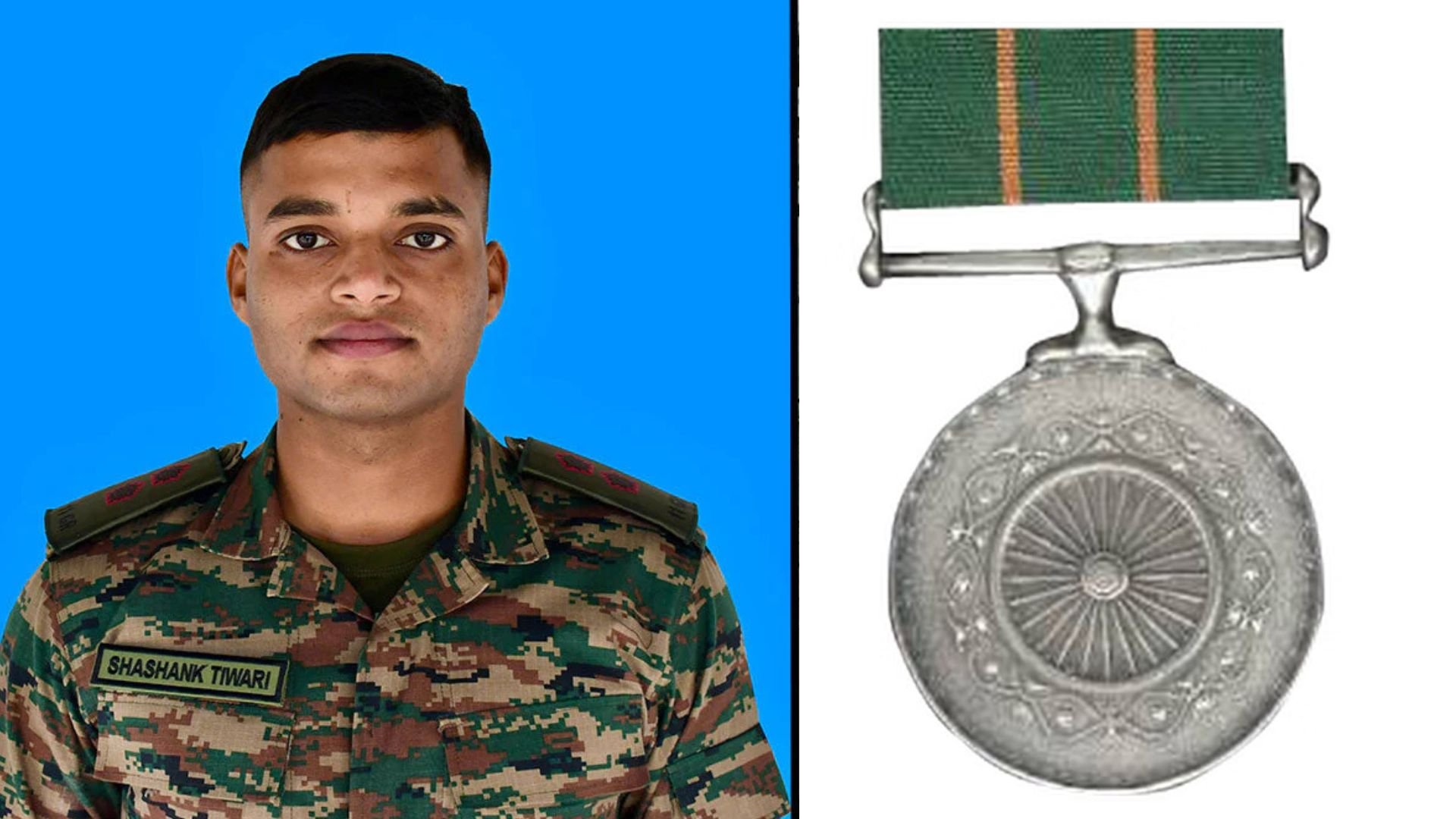India Issues 4,790 km Range NOTAM for Missile Test Off Odisha Coast August 20–21
India has issued a Notice to Airmen (NOTAM) covering a 4,790 km stretch in the Bay of Bengal for a…
First Time After Kargil War: Air Marshal AK Bharti, Three Other IAF Leaders, Two Lt Generals and One Vice Admiral Honoured with Sarvottam Yudh Seva Medal
In a momentous announcement on the eve of Independence Day, the President of India has conferred the Sarvottam Yudh Seva…
Sons of Former Air Force Chiefs Awarded Vayu Sena Medal (Gallantry)
In a unique moment for the Indian Air Force (IAF), Group Captain Omar Browne and Squadron Leader Mihir Vivek Chaudhari…
List of COAS and VCOAS Commendation Card Awardees – Independence Day 2025
The COAS (Chief of the Army Staff) Commendation Card and VCOAS (Vice Chief of the Army Staff) Commendation Card are…
Pakistan Announces Army Rocket Force Modelled on China’s Missile Command
In the wake of its defeat during Operation Sindoor, Pakistan has announced the creation of an Army Rocket Force (ARFC),…
Lieutenant Shashank Tiwari, 3 Other Army Personnel Awarded Kirti Chakra for Extraordinary Bravery
Four Indian Army personnel, including Lieutenant Shashank Tiwari of the Sikkim Scouts, have been awarded the Kirti Chakra, India’s second-highest…

